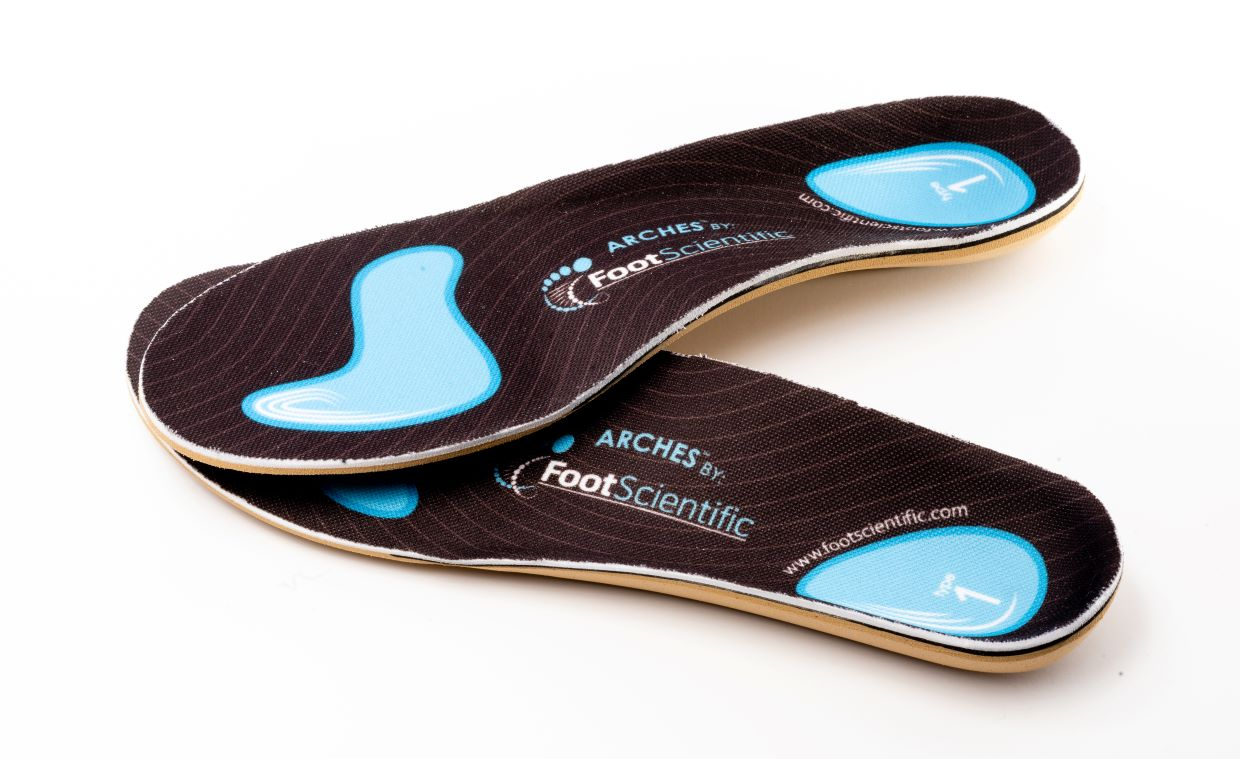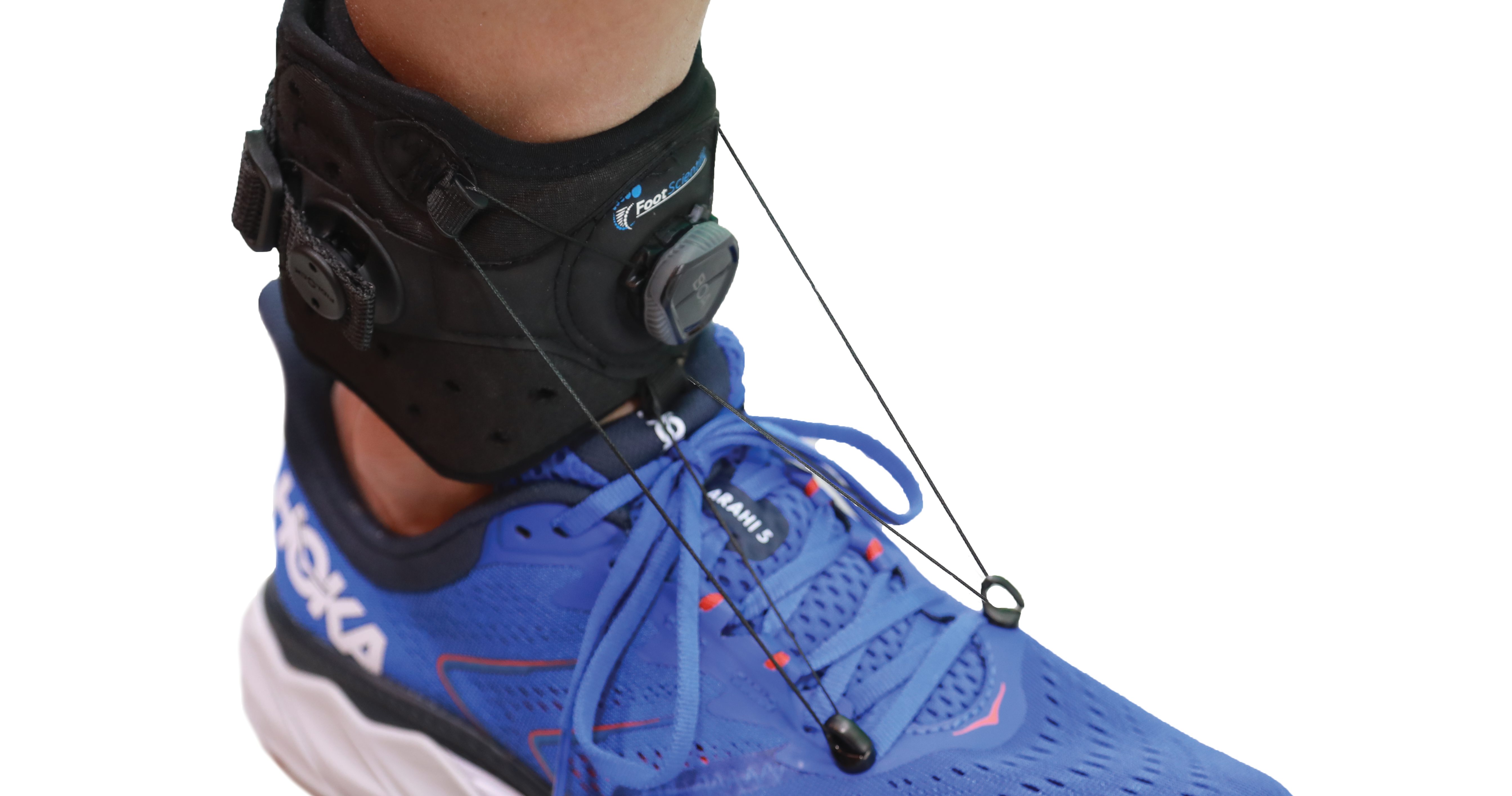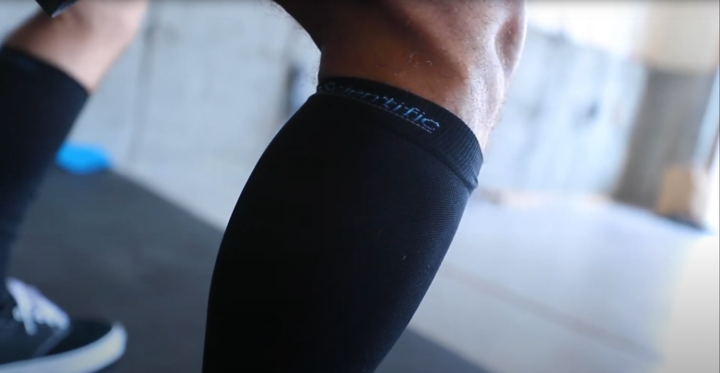Bunionette
A bunionette, also called a Tailor's Bunion, is a prominence of the metatarsal bone at the base of the little toe. This bump occurs at the head of the metatarsal, located where the toe meets the foot.
What causes a Bunionette?
Certain types of skeletal foot structures make a person prone to developing bunions and bunionettes. An inherited faulty mechanical structure of the foot often allow for the foot's bony framework to change, resulting in the enlargement. Wearing shoes that crowd the toes can result in a bunionette becoming more aggravated. On occasion a bunionette is actually a bone spur on the side of the little toe.
How do I know if I have a Bunionette?
What are the symptoms of a Bunionette?
Symptoms at the site of the bunionette include pain or soreness, inflammation and redness, and swelling at the site of the enlargement. Symptoms often occur when wearing shoes that rub against the enlargement causing irritation and inflammation.
How is a Bunionette diagnosed?
A physical examination coupled with x-rays will be used to determine the degree of the deformity and assess ongoing changes.
What can I do from home for a Bunionette?
What can I do to prevent a Bunionette?
While bunions are formed because of a faulty skeletal structure, and you can't prevent them from ever occurring, you can prevent them from developing faster than what your skeletal structure intended.
- Wear shoes that allow for plenty of room for your toes. Pointed shoes or high heels should be avoided.
- Avoid standing for long periods of time.
What treatments can I do from home for a Bunionette?
In addition to the suggestions above, you could try the following:
- Using a bunionette pad can help reduce friction.
- Applying ice for 10 minutes each evening can relieve pain and irritation.
- A topical reliever can be used during the day to help with dicomfort.
- Wear shoes that have a large toe box or have your shoes stretched to accommodate the bunionette to prevent friction.
When should I see a doctor for a Bunionette?
When should I see a doctor for a Bunionette?
You should make an appointment with a podiatrist if you experience the following:
- Pain, redness, or soreness at the site of the bunion,
- Numbness in your toes,
- or if you notice an enlargement on the side of your little toe.
Treatments your doctor may recommend for a Bunionette?
There are a variety of treatments available for bunionettes. Treatments are aimed at easing pain and discomfort of a bunion, not to reverse the deformity. Depending on the severity of your condition the doctor may suggest some of the following treatment options:
- Changing your footwear. Avoid shoes with tight toe boxes and high heels.
- Use of a bunionette pad may help reduce pain.
- Pain medication, such as ibuprofen, may be recommended to reduce pain and inflammation.
- Orthotic devices may be provided by your doctor or physician.
If non-surgical treatments fail to relive pain, you and your surgeon can discuss surgical options. There are a variety of procedures available to treat bunionettes that remove the bump of bone and correct the changes in the skeletal structure.




